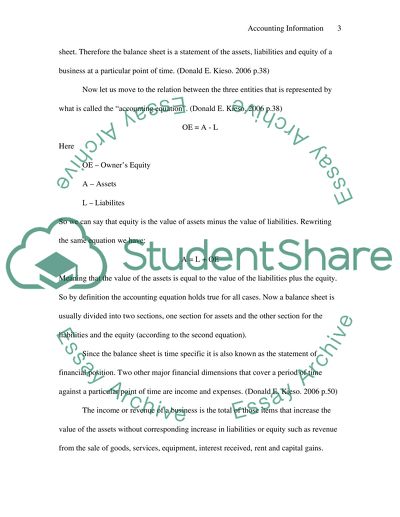Cite this document
(“Luca Pacioli: The Father of Accounting Essay Example | Topics and Well Written Essays - 2750 words”, n.d.)
Luca Pacioli: The Father of Accounting Essay Example | Topics and Well Written Essays - 2750 words. Retrieved from https://studentshare.org/miscellaneous/1532470-accounting-information
Luca Pacioli: The Father of Accounting Essay Example | Topics and Well Written Essays - 2750 words. Retrieved from https://studentshare.org/miscellaneous/1532470-accounting-information
(Luca Pacioli: The Father of Accounting Essay Example | Topics and Well Written Essays - 2750 Words)
Luca Pacioli: The Father of Accounting Essay Example | Topics and Well Written Essays - 2750 Words. https://studentshare.org/miscellaneous/1532470-accounting-information.
Luca Pacioli: The Father of Accounting Essay Example | Topics and Well Written Essays - 2750 Words. https://studentshare.org/miscellaneous/1532470-accounting-information.
“Luca Pacioli: The Father of Accounting Essay Example | Topics and Well Written Essays - 2750 Words”, n.d. https://studentshare.org/miscellaneous/1532470-accounting-information.


